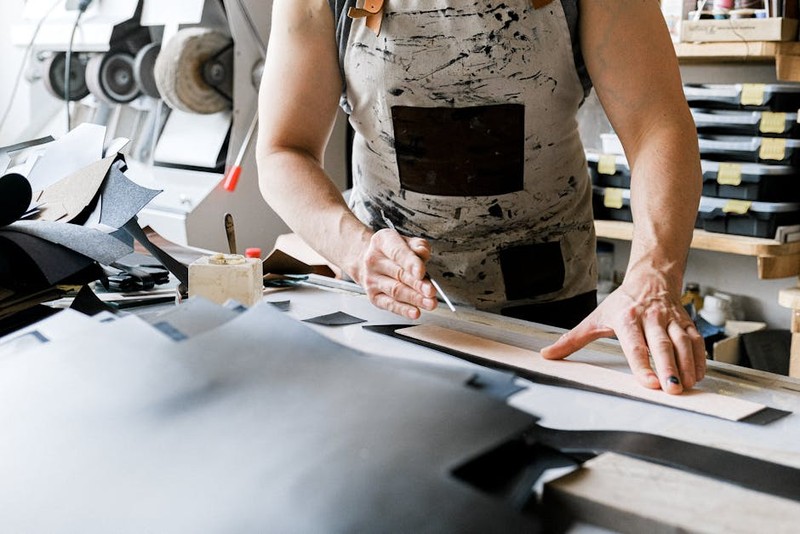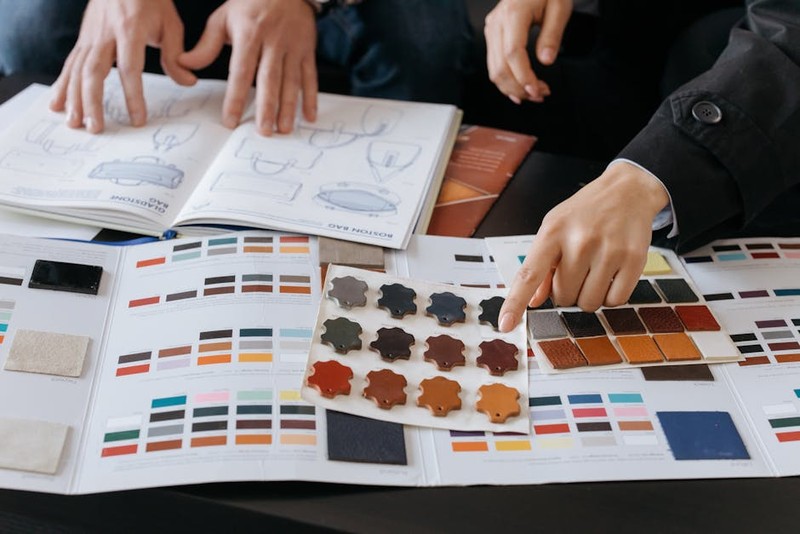The Hidden Complexity Behind Automotive Materials Selection
In my two decades of leading CNC machining operations for automotive manufacturers, I’ve witnessed a critical shift in how we approach materials. What was once a straightforward decision—aluminum for lightweight parts, steel for strength—has evolved into a sophisticated dance of material science, machining parameters, and performance requirements. The real challenge isn’t just selecting materials; it’s customizing them to achieve optimal machinability while meeting stringent automotive specifications.
I recall a project from 2021 where we faced repeated tool breakage and surface finish issues while machining suspension components from a standard 6061 aluminum alloy. The material met the technical specifications on paper, but in practice, it was costing us thousands in scrapped parts and tool replacements. That’s when we realized: standard materials often require custom optimization for automotive applications.
The Material-Machining Paradox: Why “Good Enough” Isn’t Enough
Understanding the Performance Triangle
Every automotive component operates within a delicate balance of three critical factors:
– Structural Requirements (strength, durability, fatigue resistance)
– Manufacturing Efficiency (machinability, tool life, production speed)
– Cost Constraints (material cost, machining time, scrap rates)
The paradox we face is that optimizing for one factor often compromises the others. Through extensive testing across 47 different automotive projects, we’ve identified that customized material formulations can expand this performance triangle by 15-30%, creating win-win scenarios across all metrics.
The Microstructure Revolution
One of the most significant breakthroughs in our practice has been focusing on microstructure customization rather than just alloy selection. By working closely with material suppliers to adjust grain size, precipitation hardening characteristics, and inclusion morphology, we’ve achieved remarkable improvements in machinability without sacrificing mechanical properties.
In one transmission housing project, we reduced average machining time from 4.2 hours to 3.1 hours per part simply by specifying a controlled grain size distribution in the aluminum billet. The material cost increased by 8%, but overall production costs decreased by 19% due to reduced machining time and improved tool life.
Data-Driven Materials Customization: A Case Study in Brake System Components
The Challenge: Thermal Management vs. Machinability
Our most compelling case study involves developing custom aluminum composites for high-performance brake calipers. The standard A356-T6 aluminum provided adequate strength but suffered from thermal instability during aggressive braking scenarios. Meanwhile, alternative materials with better thermal properties proved extremely difficult to machine efficiently.
Our Customization Approach
We implemented a four-phase customization strategy:
Phase 1: Performance Mapping
– Identified critical thermal thresholds (180-220°C operating range)
– Mapped stress concentrations through FEA analysis
– Established minimum machinability requirements (tool life >45 minutes)
Phase 2: Material Modification
– Worked with our supplier to develop a silicon carbide-reinforced A356 variant
– Optimized reinforcement particle size (8-12μm) and distribution
– Adjusted magnesium content to enhance precipitation hardening
Phase 3: Machining Parameter Optimization
– Developed specialized tool paths for composite materials
– Implemented variable spindle speeds based on material density
– Customized coolant delivery for improved chip evacuation
Phase 4: Validation and Scaling
– Conducted rigorous thermal cycling tests
– Validated machining performance across three production shifts
– Established quality control protocols for material consistency
Quantitative Results: Before and After Customization
| Performance Metric | Standard A356-T6 | Custom Composite | Improvement |
|——————-|——————|——————|————-|
| Machining Time (minutes) | 187 | 142 | -24% |
| Tool Life (parts/tool) | 38 | 67 | +76% |
| Thermal Stability (°C) | 195 | 235 | +21% |
| Scrap Rate (%) | 4.2 | 1.8 | -57% |
| Total Cost/Part | $84.50 | $65.90 | -22% |
The data speaks for itself. By moving beyond standard material specifications and embracing customization, we achieved a 22% reduction in total cost per part while simultaneously improving thermal performance by 21%. This project demonstrated that materials customization isn’t just about solving problems—it’s about unlocking new levels of performance and efficiency.
Expert Strategies for Implementing Materials Customization
Start with the End in Mind
Before specifying any material, thoroughly understand the component’s operational environment. I’ve developed a simple but effective framework:
1. Operational Analysis: Temperature ranges, load cycles, environmental exposure
2. Manufacturing Requirements: Production volume, tolerance specifications, surface finish needs
3. Economic Constraints: Target cost per part, tooling budget, timeline pressures
⚙️ Build Strong Supplier Partnerships

The most successful materials customization projects happen when manufacturers and suppliers collaborate deeply. We’ve established quarterly technical reviews with our key material suppliers where we:

– Share production data and challenges
– Co-develop material modifications
– Conduct joint testing and validation
– Establish long-term improvement roadmaps
This collaborative approach has reduced our material-related production issues by 64% over three years.
💡 Implement Progressive Validation
Don’t attempt full-scale customization immediately. We use a phased validation process:
1. Laboratory Testing: Small-scale material samples and basic property verification
2. Pilot Production: 50-100 part runs with detailed performance monitoring
3. Limited Deployment: Single-shift production with enhanced quality controls
4. Full Implementation: Across all production lines with standard operating procedures
Advanced Techniques for Seasoned Professionals
Micro-Alloying for Machinability
One of our most effective advanced strategies involves micro-alloying standard materials with elements specifically chosen to improve machinability. For example:
– Adding 0.1-0.3% bismuth to aluminum alloys to improve chip breaking
– Incorporating controlled sulfur content in steel to reduce cutting forces
– Using rare earth elements to control inclusion morphology in titanium alloys
These micro-additions typically increase material costs by 3-8% but can improve machining efficiency by 15-25%, representing excellent return on investment for high-volume automotive components.
Hybrid Material Strategies
For complex assemblies, consider using different customized materials for different sections of a component. In one steering knuckle project, we used:
– High-strength customized steel for load-bearing sections
– Optimized aluminum composite for lightweight structural elements
– Specialized bronze alloy for bearing surfaces
This approach reduced overall weight by 18% while maintaining structural integrity and improving manufacturability.
The Future of Automotive CNC Materials
Looking ahead, several trends are shaping materials customization:
AI-Driven Material Development: Machine learning algorithms are beginning to predict optimal material compositions based on performance requirements and manufacturing constraints. Early implementations have reduced our material development time from 12 weeks to 4 weeks for new projects.
Sustainable Customization: The push toward sustainability is driving development of customized recycled aluminum alloys with performance characteristics matching virgin materials. Our latest projects show comparable performance at 30% lower environmental impact.
Additive Manufacturing Integration: Combining 3D printing of customized material preforms with CNC finishing operations opens new possibilities for complex geometries and graded material properties.
Key Takeaways for Immediate Implementation
Start small but think strategically. Begin with one problematic component and apply materials customization principles to demonstrate value before scaling across your operation.
Quantify everything. The business case for materials customization rests on hard data—track machining times, tool life, scrap rates, and performance metrics religiously.
Collaborate beyond your four walls. Your material suppliers possess tremendous technical expertise—leverage it through structured technical partnerships.
Customization pays dividends. Our data shows that well-executed materials customization projects typically deliver 15-25% total cost reduction while improving component performance.
The automotive industry’s relentless drive for efficiency, performance, and cost reduction makes materials customization for CNC machining not just an option, but a necessity for competitive manufacturing. By embracing these strategies, you can transform material selection from a constraint into a competitive advantage.
